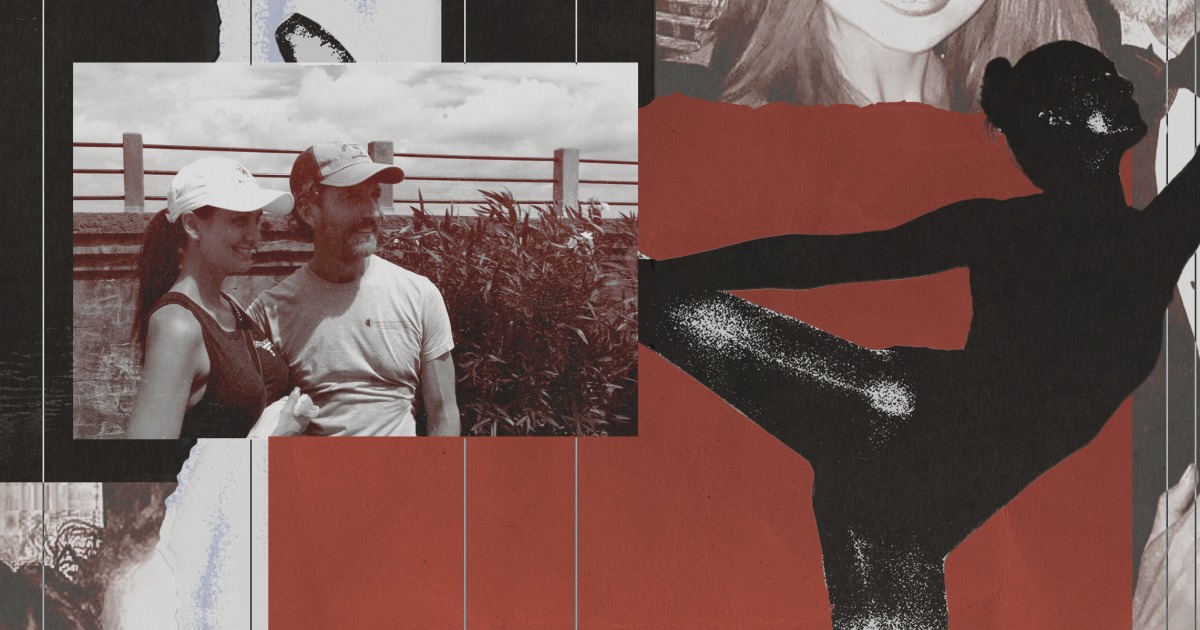During her murder trial this year, Ashley Benefield offered hours of emotional testimony about the abuse she said she suffered at the hands of her estranged husband — and about what happened in the terrifying moments before she fatally shot Doug Benefield in an act she described as self-defense.
But not everyone was convinced by the former ballerina’s apparent tears.
The assistant state attorney for Florida’s 12th Judicial District, Suzanne O’Donnell, told “Dateline” that, believing Ashley Benefield was performing — and not actually crying — she asked for the courtroom lights to be turned up. And she had Ashley step down from the witness stand to re-enact moment by moment her account of the fatal shooting of Doug, 58, at her home south of Tampa on Sept. 27, 2020, O’Donnell said.
What followed was one of the most wrenching exchanges of a six-day trial in which prosecutors accused Ashley of exaggerating and fabricating claims of abuse in an effort to win a protracted custody battle “at all costs.”
“Once I realized she was not really crying, I knew she had to get down in front of that jury,” O’Donnell told “Dateline.” “When she steps down, she’s literally within feet. And I wanted them to be able to see that.”
Ashley’s lawyer, Neil Taylor, said it was “callous” for prosecutors to make his client re-enact the shooting. She had consistent breakdowns throughout the proceedings, shedding authentic tears, Taylor said.
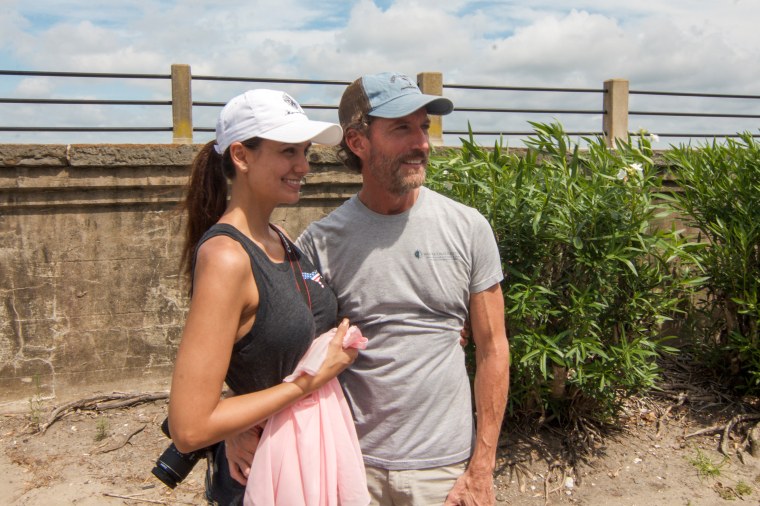
“Whether or not the jury believed them to be real tears, I can only tell you they acquitted her of murder,” he told “Dateline.”
While the jury found Ashley not guilty of the most serious charge prosecutors had sought, it convicted her of manslaughter. She faces a maximum of 30 years in prison when she is sentenced on Dec. 3.
After the verdict, Taylor requested a new trial alleging juror misconduct. The judge has not yet weighed in on the claim.
A nasty custody battle
At trial, prosecutors alleged that Ashley fatally shot Doug during a contentious custody battle that included some abuse allegations that O’Donnell called “fictitious.” The prosecutor said physical evidence from the shooting didn’t match Ashley’s claim that she fired in self-defense.
Taylor countered that his client did only what any law-abiding citizen can be expected to do with an abusive partner: She reported the alleged abuse in an effort to focus authorities’ attention on his behavior.
In testimony, Ashley said her estranged husband was controlling and volatile. While they were living in South Carolina, she said, he threw a loaded gun at her and, during an argument, fired it into the ceiling before he threatened to take his own life. Another time, she testified, he punched their dog so hard he knocked it unconscious.
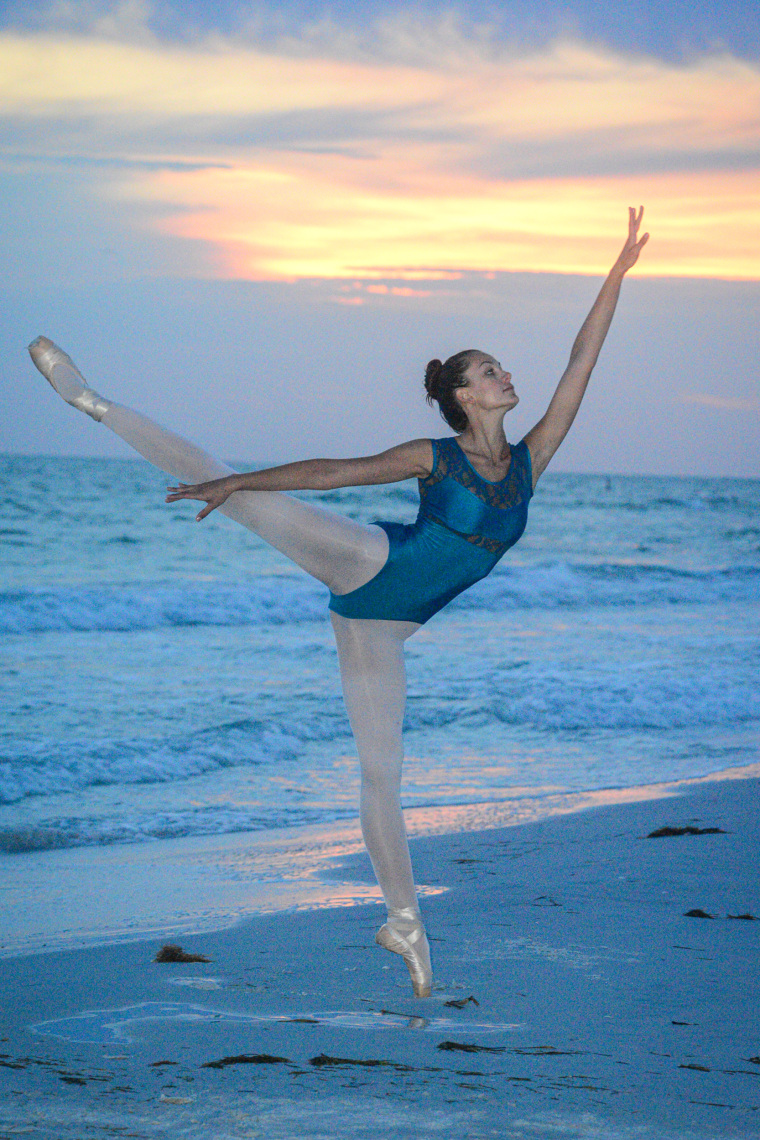
In South Carolina, where the Benefields had lived together, they obtained court orders in 2017 that barred them from contacting each other. After Ashley moved to Florida while she was pregnant with their daughter, she believed he violated the order, she testified.
He appeared to be stalking her, she testified at trial, and sent a package that she believed contained poison. In 2018, she sought another court order that would have barred him from contacting her and given her custody of their daughter.
During a hearing in those proceedings, Doug admitted hooting the ceiling — he called it a “horrible decision” — but denied that he threatened to die by suicide or threw a gun at her, a transcript of the hearing shows. He acknowledged hitting their dog but said he didn’t strike it like “a punching bag.”
Doug denied violating the restraining order or stalking her, according to the transcript, and the judge in the case said there was not a “scintilla of credible evidence” that Ashley had been poisoned.
The judge accused Ashley of “turning on” tears when she felt it was appropriate and awarded Doug immediate access to their child, according to the transcript.
Drama in the courtroom
The moment when O’Donnell asked for the lights to be turned up during Ashley’s criminal trial came on the fourth day, near the end of her time on the witness stand.
O’Donnell had been questioning Ashley about her swift courtship with Doug — they married 13 days after they met, and she gave birth less than two years later — and her allegations of abuse.
After roughly an hour, the prosecutor began walking Ashley through the day she fatally shot her estranged husband.
At the time, Ashley testified, she was preparing to move with her mother to an inherited home in Maryland. Doug planned on moving there, too, and living separately in an effort to reconcile with his estranged wife, O’Donnell said.
Taylor said Ashley never planned on reconciling — “Doug Benefield knew full well this relationship was over,” he said in court — and he described the move as another unwanted pursuit of his client.
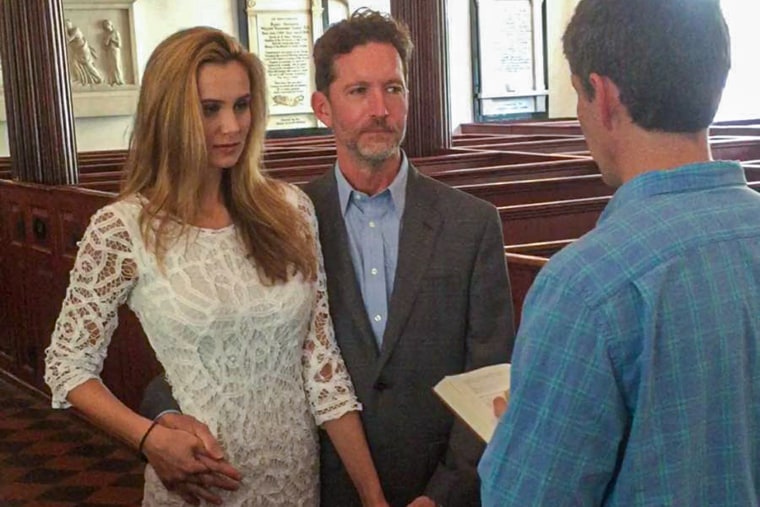
On Sept. 27, 2020, Doug had gone to Ashley’s home to help her pack. After an argument, Ashley testified, Doug struck her in the face and refused to leave when she asked him to.
Ashley testified that she ran to her bedroom, grabbed a gun and closed the door. Doug slammed it open, she said, and — using an expletive — told her she was “done.”
“That made you fear for your life?” O’Donnell asked.
“Yeah,” Ashley testified, appearing to cry.
O’Donnell asked for the lights to be turned up. Moments later, she instructed Ashley to step down from the witness stand and re-enact the confrontation.
Speaking from the well of the courtroom, Ashley testified that she raised her weapon and told Doug to stop. He got into a “fighting pose,” she said, then began inching toward her.
O’Donnell pressed her to show what he was doing with his hands as he advanced.
After she struggled with the demonstration, Ashley said: “I don’t know. I’m not a fighter.”
When Doug lunged at her, Ashley testified, she pulled the trigger. He kept moving toward her, she said, and she kept shooting.
O’Donnell asked for more details. But after a roughly two-minute re-enactment, she told Ashley — who appeared to be sobbing — to have a seat.
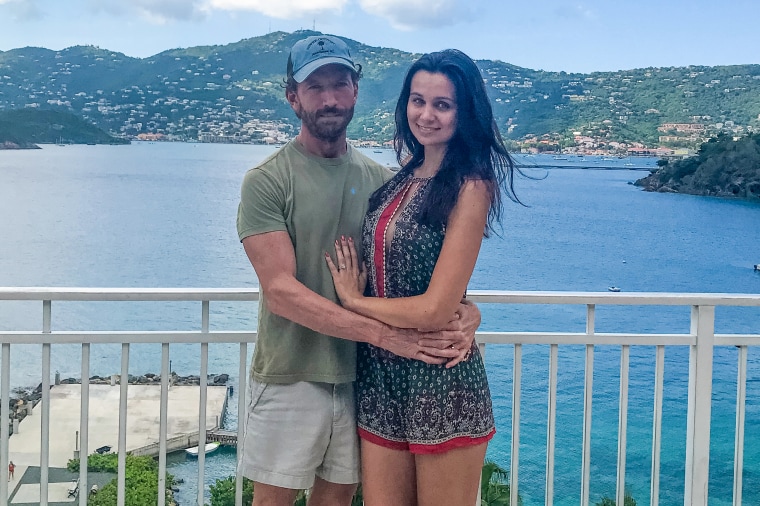
Moments later, the judge called a recess.
To prosecutors, the exchange was a combination of theatrics and few details. To Rebecca Freel, another assistant district attorney prosecuting the case, Ashley’s eyes didn’t appear puffy and her face looked the same as before she left the stand.
“We thought that was telling,” Freel told “Dateline.”
But Barbara Russell, a psychologist and therapist who treated Ashley and spoke to NBC News with her permission, said emotional expression can vary widely from person to person, and she criticized prosecutors for portraying themselves as experts on the matter.
Russell said she had never known Ashley to be deceptive, nor did she believe she would have shot her estranged husband unless her life was in imminent danger.
“The fact that she doesn’t cry enough tears to please the prosecutor changes none of that,” Russell said. “They prosecuted a victim.”
